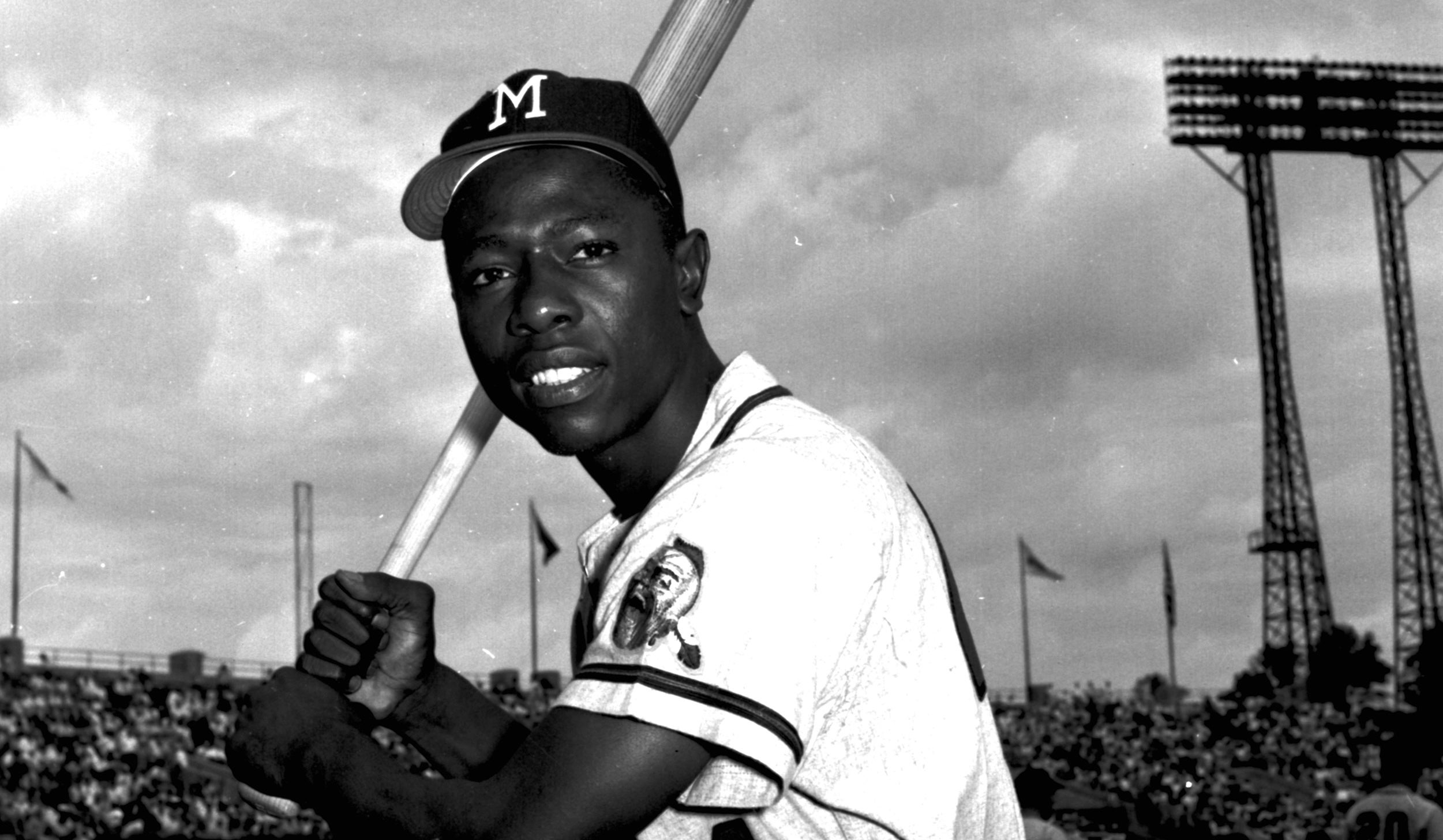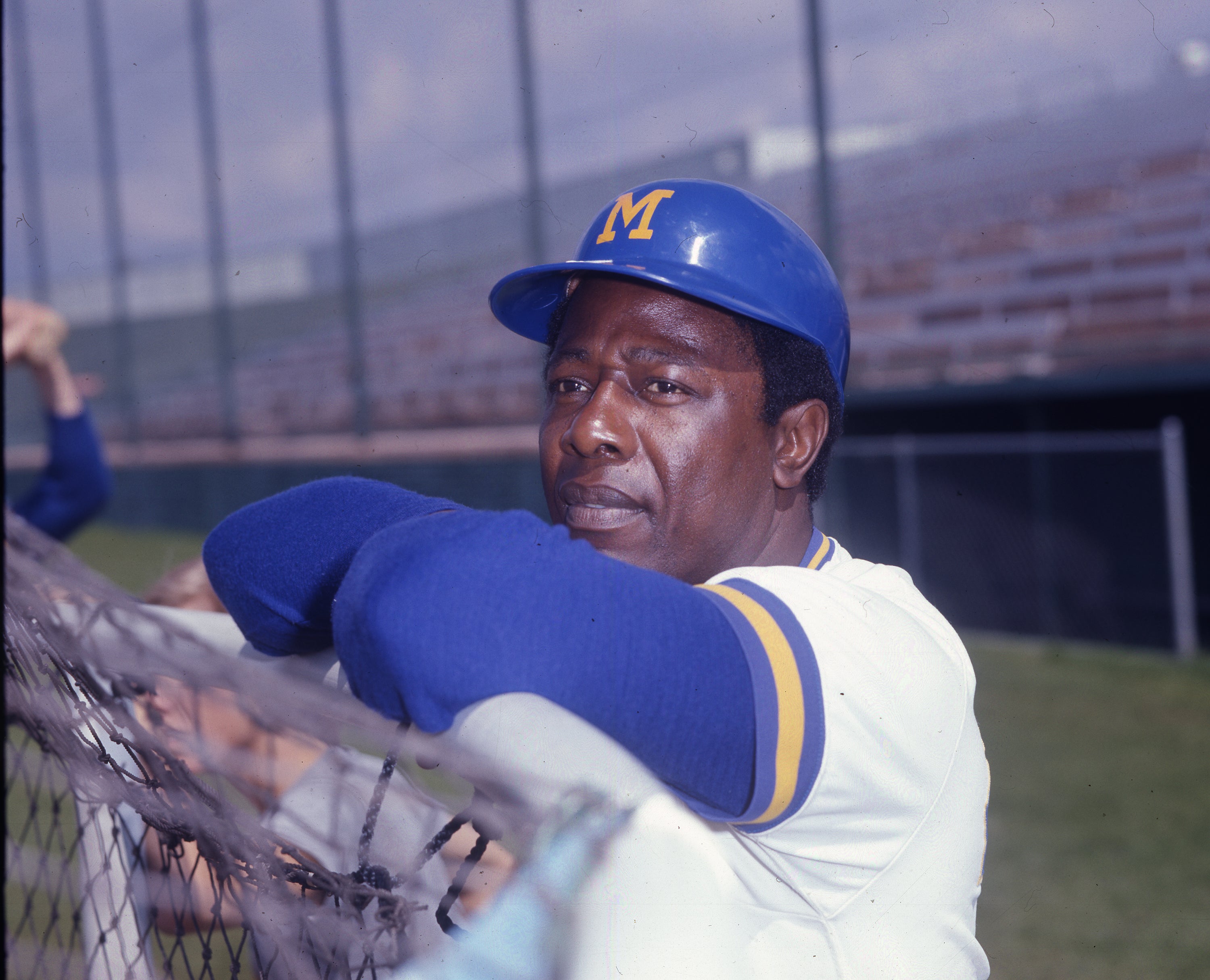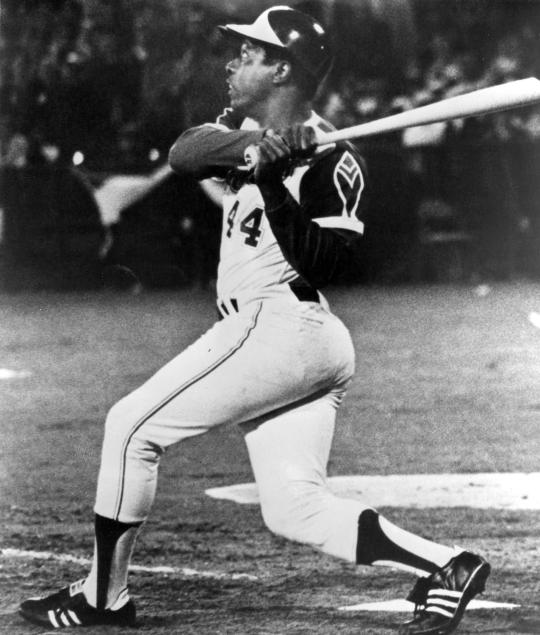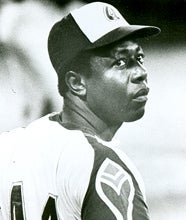- Home
- Our Stories
- Ticket from Aaron’s 715th home run preserved at Museum
Ticket from Aaron’s 715th home run preserved at Museum
The ticket for the Atlanta Braves’ Monday, April 8, 1974, game against the Los Angeles Dodgers cost $3. But to Perry Barbee, attending his first major league game that night, the memories are priceless.
“Living in south Georgia, we were big Braves fans,” Barbee said, recalling the 1969 Atlanta team that reached the NLCS but fell to the Miracle Mets.
Five years later, sitting in Section 314, Row 15, Seat 16, Barbee, in his freshman year at Georgia Tech, was one of almost 54,000 persons at Atlanta-Fulton County Stadium that evening – with millions more tuned into their television sets – as Hank Aaron strode to the plate in the fourth inning against the Dodgers’ Al Downing.
Hall of Fame Membership
There is no simpler, and more essential, way to demonstrate your support than to sign on as a Museum Member.
We all know what happens next: Aaron strokes Downing’s second pitch over the left field wall and into the Braves’ bullpen. It is a two-run shot to tie the game, 3-3, and starts an Atlanta rally. In baseball lore, however, it is the moment Aaron eclipses Babe Ruth’s career home run record with his 715th round tripper.
“It didn’t even cross my mind” that Aaron might have broken the record when he accepted the ticket from a friend, said Barbee, then a pre-engineering student.
“I didn’t follow baseball that closely,” he said. “I knew that Mr. Aaron was in the running, but I didn’t realize at that time how close it was. It was just fortuitous that I was able to go and be a part of the event. I was in the upper deck, and it was just packed. It was just an atmosphere of electricity.”
As Aaron rounds the bases, two college-aged students appear intent on congratulating the new home run king. But with a regal touch, Aaron brushes them off. Neither one was Barbee.
“I remember the guys running out on the field and running around with him,” said Barbee, who was unsure whether they were fellow Yellow Jackets but was familiar with college hijinks. “It would be something stupid they would do.”
After the game, Barbee tucked the ticket into his wallet for safe keeping.
Barbee, a self-described “Army brat,” hailed from southern Georgia near Fort Stewart, where his father served. Graduating high school there, he would come across Aaron in the late 1970s at a high school baseball playoff game between Barbee’s alma mater, Bradwell Institute, and Atlanta’s Marist School, where Aaron’s sons Henry, Jr., and Lary played ball. Barbee’s father was the equipment manager and trainer for Bradwell’s baseball team.
“At the game, I saw (Aaron) there, and I didn’t bother him or anything,” Barbee recalled. “After the game I went up to him and said, ‘Mr. Aaron, I’d love to have your autograph, if you don’t mind.’ And he said, ‘Well, I don’t really want to get that started.’ Then I pulled the ticket out of my wallet and said I went to the game, and he looked at it and signed it for me.
“After that, he got mobbed” by autograph seekers.
“(Hank Aaron’s) such an unassuming, humble person, just his whole demeanor. Soft spoken and just a real gentleman,” said Barbee, who has yet to have another encounter with the Braves legend. “He didn’t want to start signing autographs, but when he saw what I had, he knew what it represented and didn’t hesitate to sign it for me.”
With the baseball legend’s signature on the ticket, Barbee chose a bit more security by placing the stub in a plastic case.
To celebrate their 40th wedding anniversary in 2016, Barbee and his wife traveled to New York from their Florida home. After visiting Cooperstown and speaking with Baseball Hall of Fame representatives, Barbee then chose to donate the ticket to the shrine, opting for the ultimate in long-term security.
“I always wondered what I would do with it. I talked with my wife and said I probably should donate this,” he said. “I could probably sell it. … But I’d much rather it go someplace to be preserved.”
Matt Rothenberg is the manager of the Giamatti Research Center at the National Baseball Hall of Fame and Museum
Related Stories

Hank Aaron makes his big league debut

Life of Hank Aaron Celebrated through HOF Artifacts

Hank Aaron collects RBI single in his final big league at-bat

Hank Aaron makes his big league debut

Life of Hank Aaron Celebrated through HOF Artifacts






